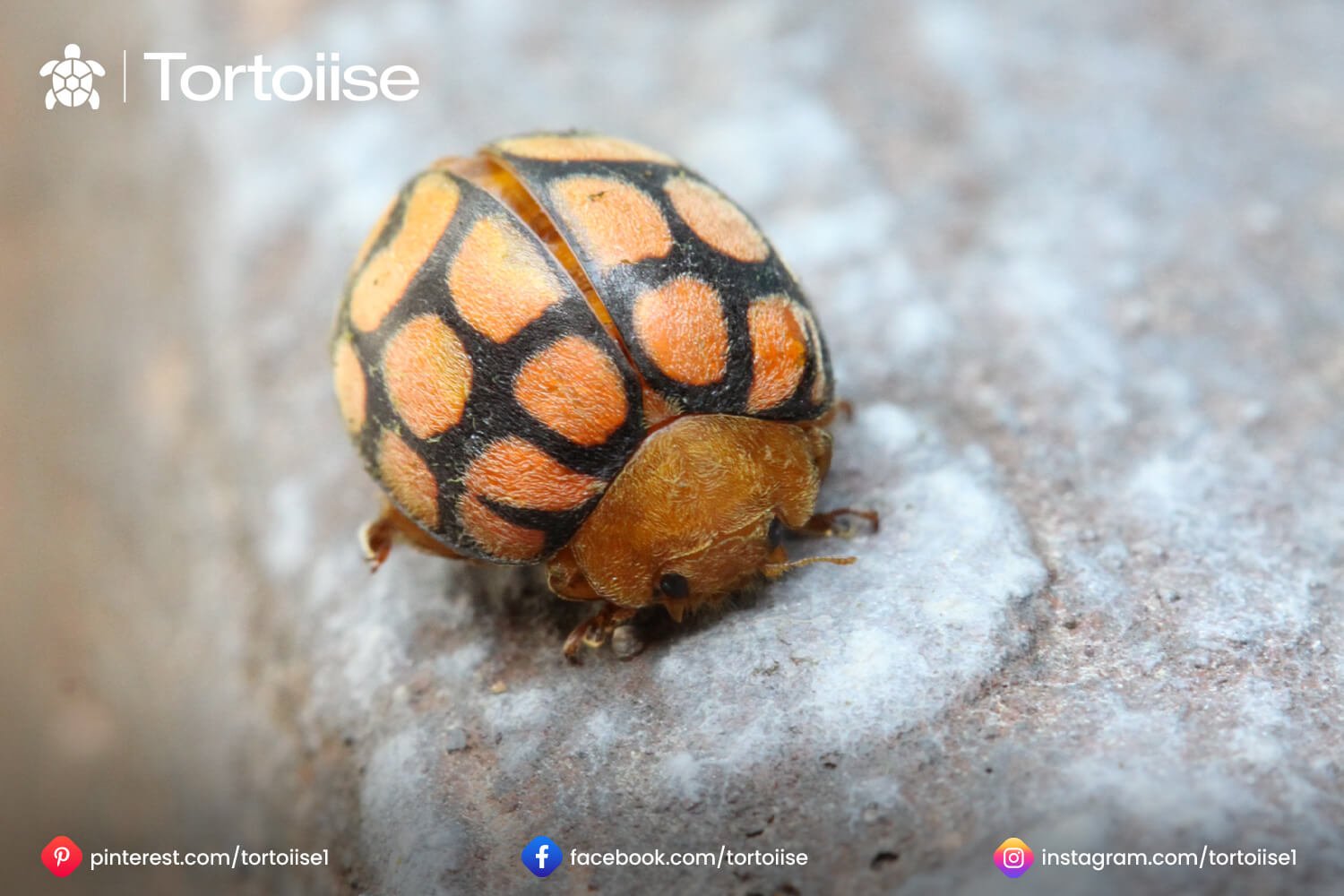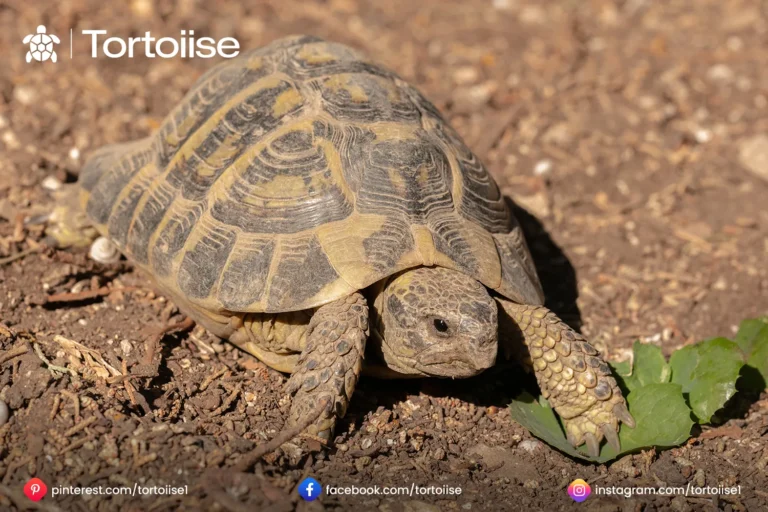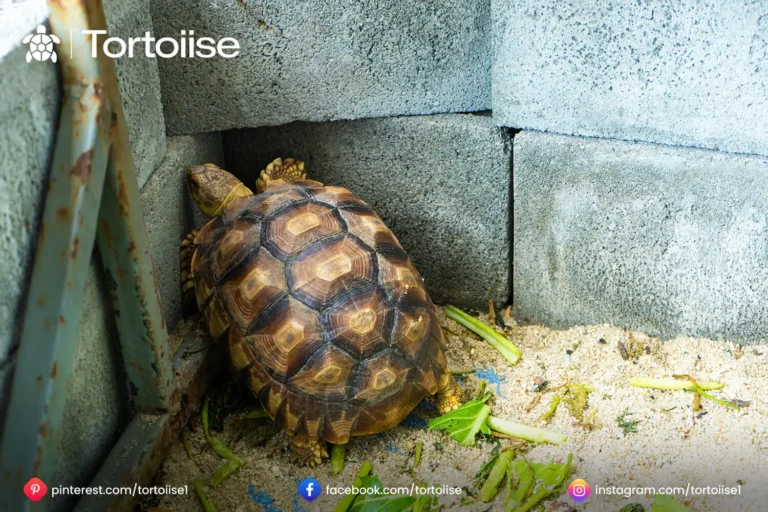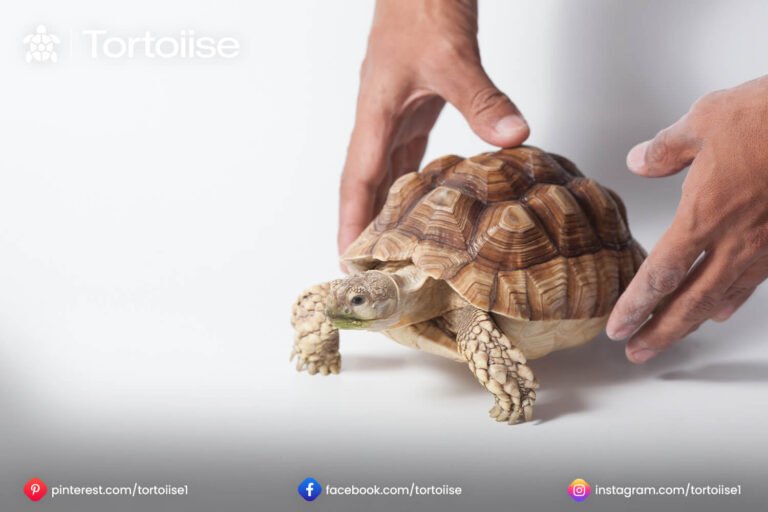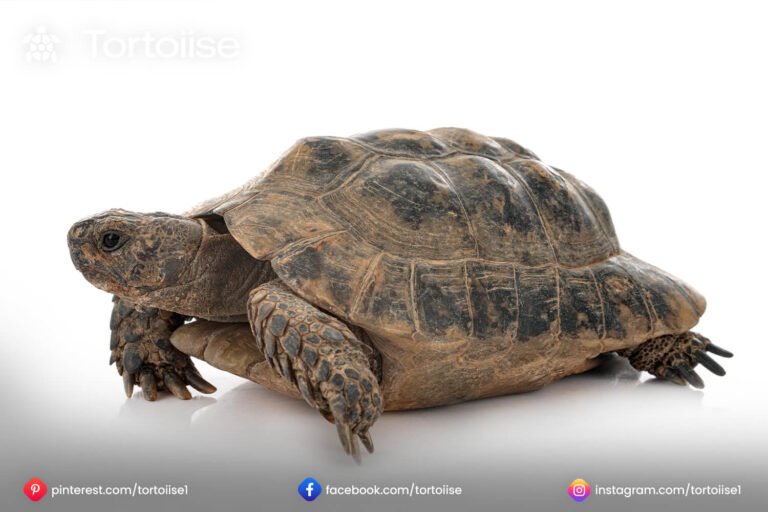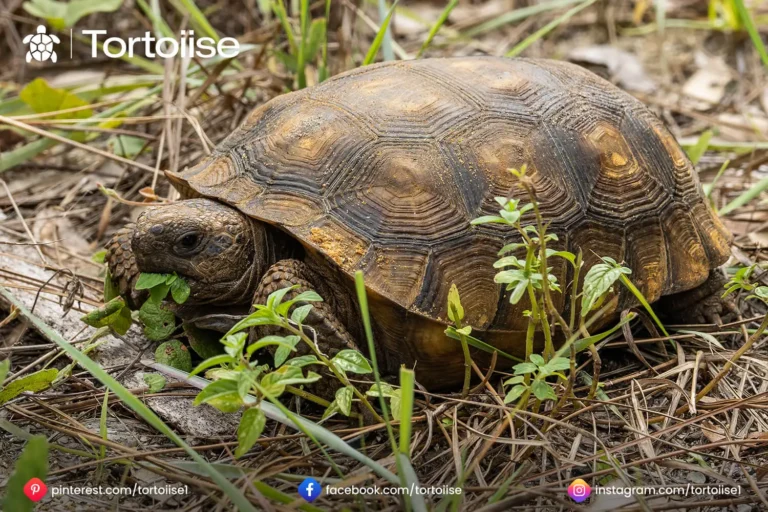How to get rid of tortoise beetles
The most effective method to dispose of tortoise scarabs/beetles
Tortoise beetles are interesting, frequently appealing-looking bugs named for their domed, shield-like shells that look like a tortoise carapace. Notwithstanding, regardless of their tasteful allure, these creepy crawlies can become huge nuisances, especially for groundskeepers and ranchers. They feed on the foliage of plants, abandoning a path of harm that can debilitate plants and diminish yields. On the off chance that you’re managing a tortoise insect invasion.
Tortoise scarabs have a place with the Chrysomelid Ae family, with north than 3,000 species around the world. They shift by all accounts, yet most are little (around 5-12 mm long) with metallic or gleaming, arch-formed shells that change tone when upset. Normal sorts include:
Brilliant Tortoise Bug: Known for its splendid, brilliant, or rosy metallic sheen.
Mottled Tortoise Scarab: Highlights a brown and yellow mottled appearance.
Argus Tortoise Creepy crawly: Unmistakable by its ruddy orange shell with dark spots.
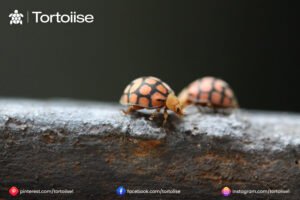
Life Cycle and Natural Surroundings
Tortoise creepy crawlies flourish in warm and beetle environments and are particularly dynamic during spring and summer. Their life cycle incorporates four phases.
Eggs
Laid the underside of leaves.
Hatchlings
Seal into spiked, leaf-taking care of hatchlings that convey waste safeguards for assurance.
Pupae
Append to leaves to go through change.
Grown-ups
Arise to take care of and repeat.
Have Plants

Torto gets plants in the Solanaceae (nightshade) family, including
Ise bugs basically tar
Tomatoes
Potatoes
Eggplants
Papers
They may likewise invade yams, morning glories, and other decorative plants.
Recognizing Tortoise Insect Harm
Perceiving the indications of a tortoise bug invasion is essential for early intercession. Normal side effects include.
Skeletonized Leaves
Grown-ups and hatchlings bite through foliage, leaving a “trim-like” example of veins.
Sporadic Openings
Little, dispersed openings show up on leaves.
Diminished Plant Wellbeing
Extreme invasions can prompt hindered development, decreased yields, or plant demise.
Presence of Waste Safeguards
Hatchlings frequently convey a defensive safeguard produced using their feces, noticeable on pervaded plants.
Viable Procedures to Dispose of Tortoise Scarabs
Overseeing tortoise scarabs requires a blend of social practices, natural controls, and compound medicines. The following are point-by-point strategies to handle the issue.
- Social and Preventive Techniques
- Handpicking
Step-by-step instructions to make it happen
Assess plants consistently and physically eliminate grown-up insects, hatchlings, and eggs.
Instruments
Use gloves, tweezers, or a little container of foamy water to discard the vermin.
When to Apply
Early mornings when insects are less dynamic.
1.Crop Turn
Pivot yields to forestall turtle creepy crawlies from laying out a long-lasting populace in your nursery.
Try not to establish have plants in a similar region for many years.
2.Mulching and Column Covers
Utilize intelligent mulches or drifting line covers to discourage bugs from arriving on plants.
Guarantee covers are safely moored to forestall passage.
Eliminate Garbage
Take out plant flotsam and jetsam, and weeds close to the nursery to decrease rearing and concealing spots for scarabs.
Organic Control Strategies
Utilizing regular foes to control turtle scarab populations is an eco-friendly and compelling methodology.
Gainful Bugs
Present or energize hunters, for example,
Ladybugs
Feed on eggs and hatchlings.
Lacewings
Consume hatchlings and other delicately bodied bugs.
Parasitic Wasps
Lay eggs inside insect hatchlings, killing them from the inside.
Birds
Draw in insectivorous birds by introducing bird feeders, nesting boxes, or water sources. Birds like wrens and chickadees go after insects.
- Microbial Control
Use items containing Bacillus thuringiensis (Bt), a normally occurring bacterium harmful to turtle bug hatchlings. Guarantee the item is well defined for creepy crawlies to try not to hurt advantageous bugs. Natural and Regular Cures
Neem Oil
Neem oil disturbs the taking care of and regenerative patterns of turtle scarabs.
The most effective method to utilize it is to blend 2 tablespoons of neem oil with 1 gallon of water and splash it on impacted plants. Reapply every 7-10 days on a case-by-case basis.
1.Insecticidal Cleanser
Compelling against hatchlings and grown-ups by choking them out.
Instructions to Utilize: Splash straightforwardly on bugs and leaves, guaranteeing intensive inclusion.
- Garlic or Bean stew Splash
Repulses scarabs with solid smells.
Recipe: Mix 1 head of garlic or a modest bunch of stew peppers with water, strain, and shower on plants.
Diatomaceous Earth
Sprinkle food-grade diatomaceous earth around plants. It harms the exoskeletons of creepy crawlies, causing drying out.
4. Substance Control Techniques
For extreme pervasions, compound pesticides might be fundamental. Utilize these if all else fails and adhere to name guidelines cautiously.
Fundamental Bug Sprays
Items containing imidacloprid have some control over turtle bugs by focusing on them as they feed.
Alert: Use sparingly to limit damage to advantageous bugs and pollinators.
Pyrethroids
Effective insect sprays that kill on contact. Normal fixings incorporate permethrin or cyfluthrin.
Application Tips: Splash at night to try not to hurt honeybees and different pollinators.
Spinosad
A normally inferred insect poison is viable against hatchlings and grown-ups. Ok for most gainful bugs when utilized as coordinated.
Observing and following checking is fundamental to guarantee the pervasion is taken care of.
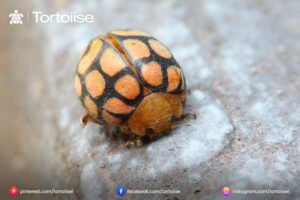
Week by week examinations
Really take a look at plants for new indications of harm or scarab movement.
Reapply Medicines
Rehash uses of natural or compound arrangements on a case-by-case basis, given item rules.
Report Resul
Track the techniques involved and their viability for future reference.
Forestalling Future Pervasions
After effectively disposing of tortoise insects, go to preventive lengths to keep away from future issues:
Sound Soil Practices
Keep up with soil wellbeing with natural manure and ordinary plowing to disturb overwintering creepy crawlies.
Various Planting
Integrate buddy planting to dissuade insects. Models incorporate marigolds, mint, and nasturtiums, which repulse bugs.
Standard Upkeep
Prune plants to further develop air dissemination and decrease concealing spots.
Eliminate and obliterate any plagued plants toward the end of the developing season.
End
Tortoise scarabs, while outwardly striking, can unleash devastation on nurseries and harvests whenever left uncontrolled. By figuring out their way of behaving, distinguishing harm early, and carrying out a mix of social, organic, and compound controls, you can really oversee and wipe out these irritations. Keep in mind, steadiness and predictable observing are vital to keeping your plants solid and bug free.
By taking on preventive practices and keeping a reasonable environment, you can safeguard your nursery from future pervasions and partake in a flourishing, useful growing season.
